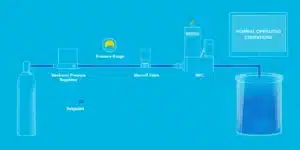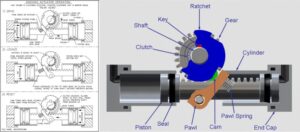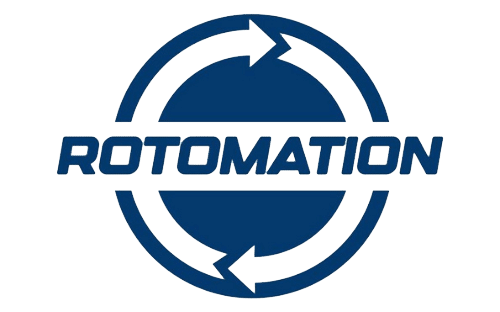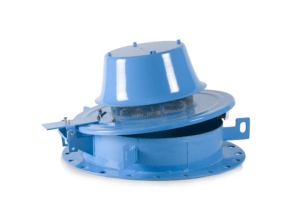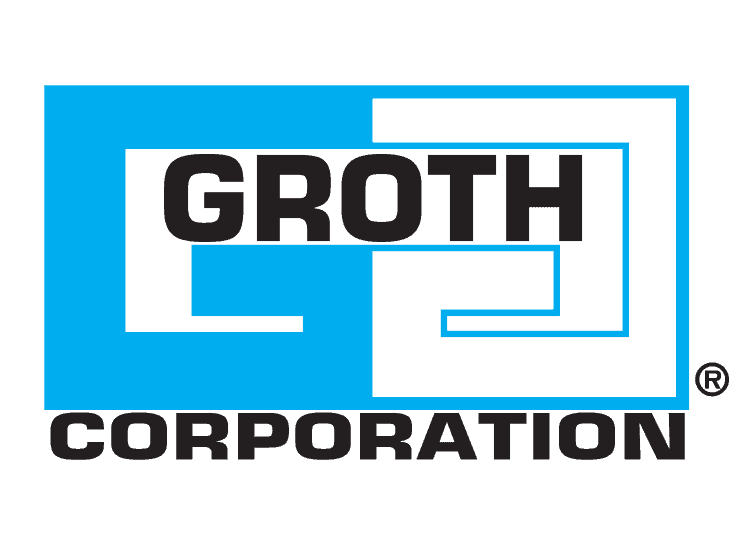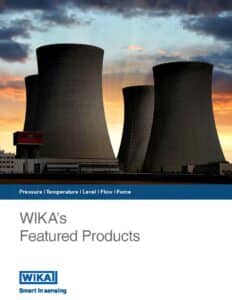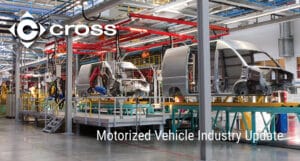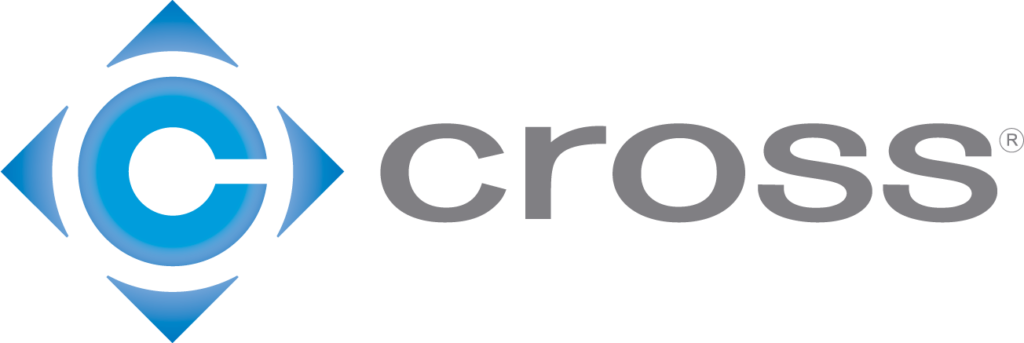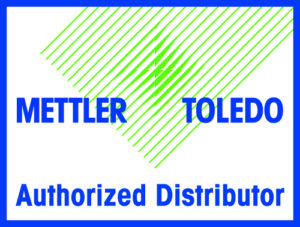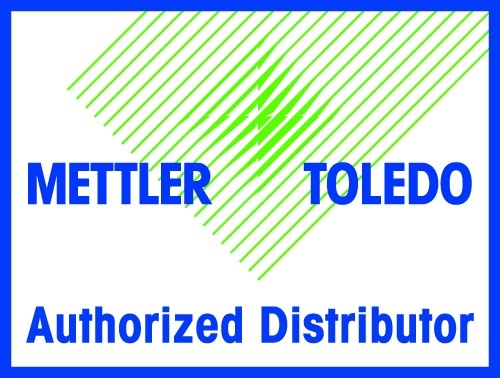The Essentials of Integrating a Robot into your Process
The reasons for automating manual processes are well known at this point. For tasks that are the 4D’s – dull, dirty, dangerous or difficult to fill – a robot or other automation solution makes sense from a financial, quality and efficiency standpoint. You could almost say that robots are commonplace these days! However, choosing the right robot and integrating it into your process is anything but easy.

There are many different types of robots on the market – industrial, collaborative, SCARA, mobile and more – each suited for different tasks. In addition, there are many different brands of robots out there, each with their own specialties, their own software and their own quirks. It’s important to work with a company which looks at your automation project based on the task needed, rather than shoe-horning a particular robot into it.
And don’t forget, automation is much more than a robot. Sometimes a custom precision motion control solution will work better for your application than a robot or will have a better ROI.
But choosing the right motion component is only the first step.
Unless you have a large team of automation engineers on staff (and sometimes when you do), integrating your new automation project into your existing process requires specialist knowledge. From the hardware to the software to the safety systems and peripherals, each component must be tied together and communicating seamlessly to achieve the desired result.
Need to get more out of your old CMM? Upgrade it!
The structure of a coordinate measuring machine (CMM) is built to measure for 20 years or more. But unfortunately, the control systems, electronics and software aren’t so long lasting. Not only will they need more and more maintenance and support but they can quickly become outdated as new technology is developed.
CMMs are also expensive pieces of capital equipment to replace which can be hard to justify. Not to mention the hassle of moving an old one out and the new one in! Fortunately, Cross Precision Measurement can help. For any brand of CMM, keep your existing hardware but upgrade to state-of-the-art electronics and control systems.
What's New at Cross
Maximize Compressed Air Energy Efficiency with Transair
An optimized compressed air system can mean substantial reductions in overall energy consumption, with food facilities saving 20-50% on average on their electric bill over 24 months. We recommend Parker’s Transair aluminum compressed air piping system to try and achieve these savings in your own facility. Read some of the key advantages of the Parker Transair System here.
Accredited Pi Tape Calibration
Diameter tapes, commonly known as Pi Tapes, are used to find the diameter of an object based on the circumference. Using the formula for pi, the graduations on these tapes act as a vernier scale to quickly find the diameter. Cross Precision Measurement now offers ISO-17025 accredited calibration of pi tapes up to 72″ and NIST-traceable calibration up to 144″.
Did You Know?
Need help with parts inspection? Consider Cross's onsite inspection
We see it all the time: customers who have more parts to be inspected than resources to perform the inspection. Whether you’re short a person or don’t have enough equipment to use, that growing backlog can be stressful and costly. Cross’s onsite inspection capability can help. We bring our own portable CMM to your facility at a time convenient for you and stay as long as you need us. We can also help with first article inspections (FAI), 3D scanning, fixture certification and more.
Cross Provides Tangible Value for You
Improve Efficiency
Schunk’s new BSWS-R allows the jaws of a gripper on a robot or axis gantry to be changed automatically which is much faster than changing the entire gripper. This increases flexibility, as a single gripper can be used for various applications and saves time when converting between them, as different workpieces can be handled by simply changing the gripper fingers. It also has a PGN-plus-P fingerprint, making it fully compatible with a wide range of other Schunk grippers for retrofits.
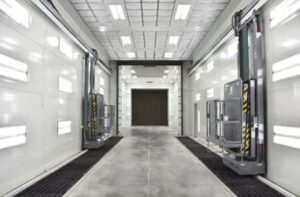
Reduce Risk
Are you monitoring off-gases in your paint area? NFPA 33 states that painting areas must have LEL monitoring “in all exhaust airstreams” and must “automatically shut down operations in the event the filtration system fails.”
Draeger’s Polytron 8700, generally mounted at multiple locations around the paint booth and above it near the ventilation system, is the perfect solution. It can feed data into a Draeger Regard 3000 or directly into your DCS.
Raise Quality
Need someone to train your team to use a Faro portable CMM or Polyworks? Contact the inspection team at Cross. As you can see from the article above, our inspection experts work with Faro arms daily and would be glad to train your team on the basics of using them.
Polyworks is fast becoming the industry standard for inspection software. It’s tremendously powerful and once you know how to use it, pretty intuitive. If your team needs training on Polyworks, we can help with that, too!

